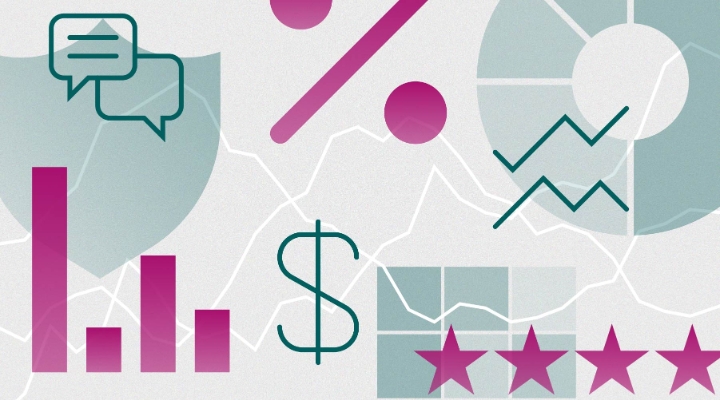Emma Wall: Hello and welcome to the Morningstar series 'Ask the Expert.' I'm Emma Wall and I'm joined today by Senior Fund Analyst, Jose Garcia Zarate.
Hi, Jose.
Jose Garcia Zarate: Hello.
Wall: So you have just written a paper looking into high-yield bond ETFs, and this is a sector which has come under fire and has been acute in the past of causing volatility in the fixed income markets. But you say that's an unfair allegation.
Zarate: Basically, what I'm saying is that ETFs have become very popular to gain access through the high-yield bond market. But I think it's very important not to confound the reasons why someone like you or me would invest in high-yield bonds with the mechanics of the investment vehicle that we choose to invest in the asset class. It is certainly true that EFTs are very popular because they are very easy to use, but ultimately they are just an investment vehicle.
The reason why you or me would invest in high-yield bonds is because we are living in a world of very low – ultra low yields across the world, and that's got nothing to do with ETFs or with mutual funds for that matter. It's got to do with monetary policy. Those are the fundamental drivers. So if there is volatility in the high-yield bond market, don't blame the investment vehicle, blame the policy settings that are driving investors to the asset class.
Wall: What about liquidity, because that has been another concern with this particular sector and this particular vehicle. People think or what if the market does crash, people are scrabbling to get their money out, will – is there enough liquidity in high-yield bond ETFs to serve those individuals who want to sell up?
Zarate: Again, I think there is a lot of education still to be done when it comes to the sort of like the mechanics of ETFs. ETFs work like – they trade like common stock on the exchange. So as long as there are buyers and sellers of those ETF shares on the stock markets, then you should be able to actually transact. In my research, I found that even during those periods of heightened volatility in the high-yield bond market, the ETFs have actually worked as they are supposed to do.
Another completely separate issue would be if there is a catastrophic event affecting the high-yield bond market. But that would be an asset class problem. That would affect anybody invested in high-yield bonds, irrespective of whether they are using ETFs, mutual funds or they actually have the bonds themselves. That would be a completely separate issue, and again, not something that we have experienced so far.
Wall: And of course, this sector is extremely popular at the moment. It has been over the last few years understandably so, because we've had record low interest rates in the developed world over the last seven-eight years; negative rates, in fact, in some parts of Europe and Japan. So I thought perhaps you could highlight some of the most popular ETFs that are giving investors exposure to the high-yield bond market.
Zarate: Well, in terms of size and I'm going to just talk about the ETFs are domiciled in European countries because those are the ones that would appeal mostly to the – our European audience. I can perhaps highlight the iShares Euro High Yield Bond ETF, which – it gives you exposure to euro-denominated issuers.
Then we've got the iShares U.S. dollar High Yield Bond ETF, which of course does the same, but for the American high-yield bond market. And then we've got the PIMCO source Short-Term U.S. High Yield Bond ETF, which focuses on the very short-dated maturity segment, 0 to 5 years of the U.S. high-yield bond market and that's also quite popular.
Wall: Jose, thank you very much.
Zarate: You're welcome.
Wall: This is Emma Wall for Morningstar. Thank you for watching.























